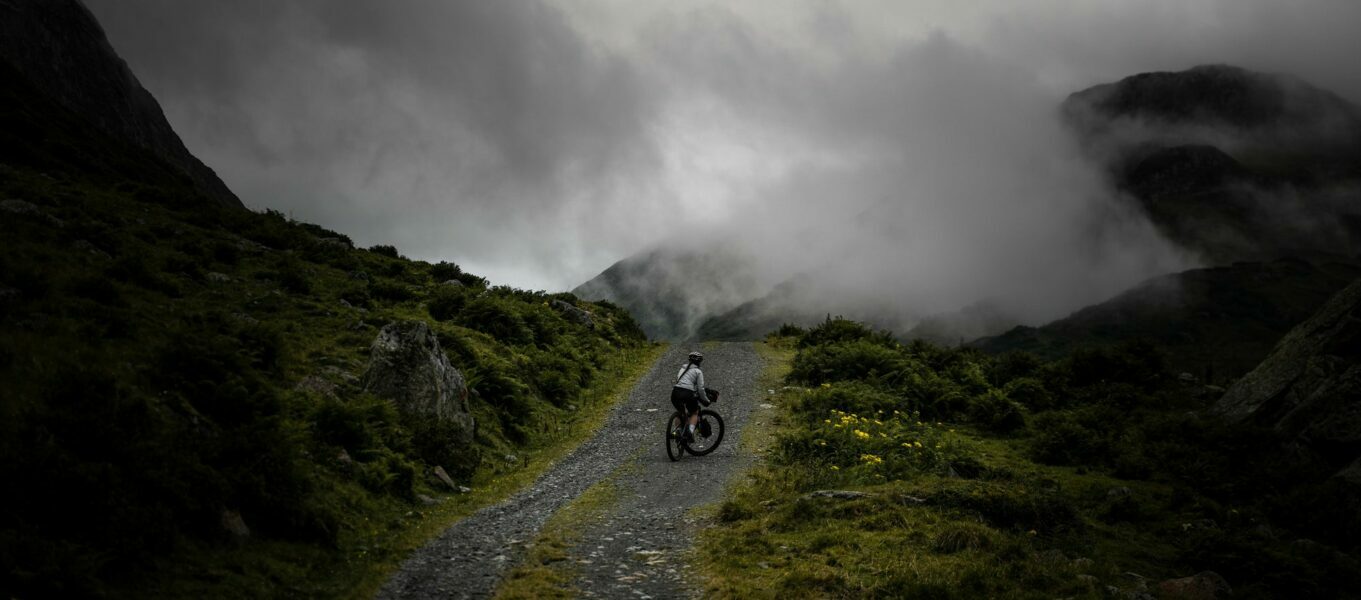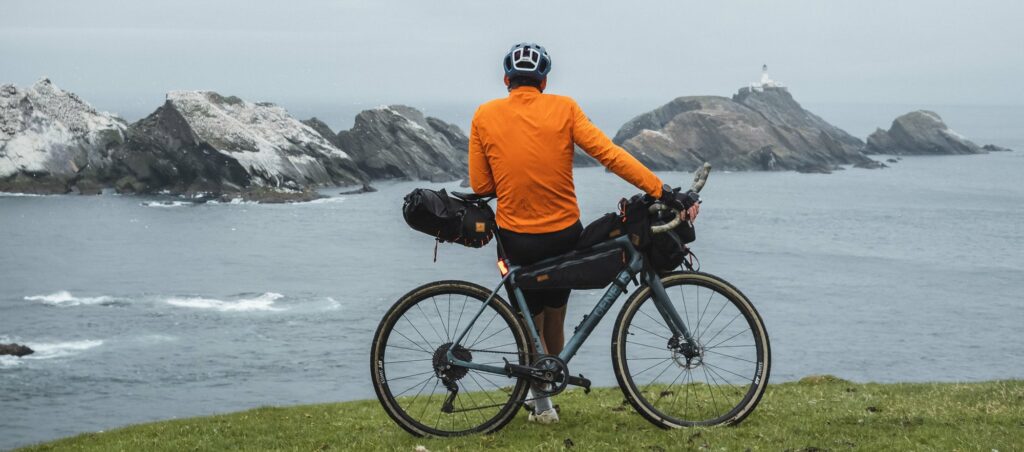
Going on an adventure is exciting. You must decide where you are going, how long will it take? That is before you look at what you will need to take and then decide in detail on your route.
These planning sessions are all part of the fun and there is nothing like a goal to focus your thinking. So, you have decided where you are going. Depending on this target, you can then break your journey down, is it an epic one-day ride, will it be a multi-day trip? These factors will determine what you will need to take with you, one other vital piece of information required, where will you be staying? If you are doing overnight stays, think Airbnb, hotels, etc. then you can travel a bit lighter. However, if you plan to bivvy or wild camp then you will need to carry your own accommodation.
This will not be a problem, but you will have to compile a checklist to avoid leaving anything vital behind and to prevent taking too much. Once you have determined your kit list and equipment list, you will have to decide how you are going to transport it.
Adventure or gravel riding have become extremely popular. The ability to go from your doorstep or head off on the train, especially with Covid travel restrictions, has seen a boom in the UK. The result has been the introduction of an entire range of products designed to fit most bikes and transport your gear effortlessly.
From saddlebags to handlebar bags through to frame bags, there is a line-up that not only will fit your bike but your load capacity.
Frame Bags
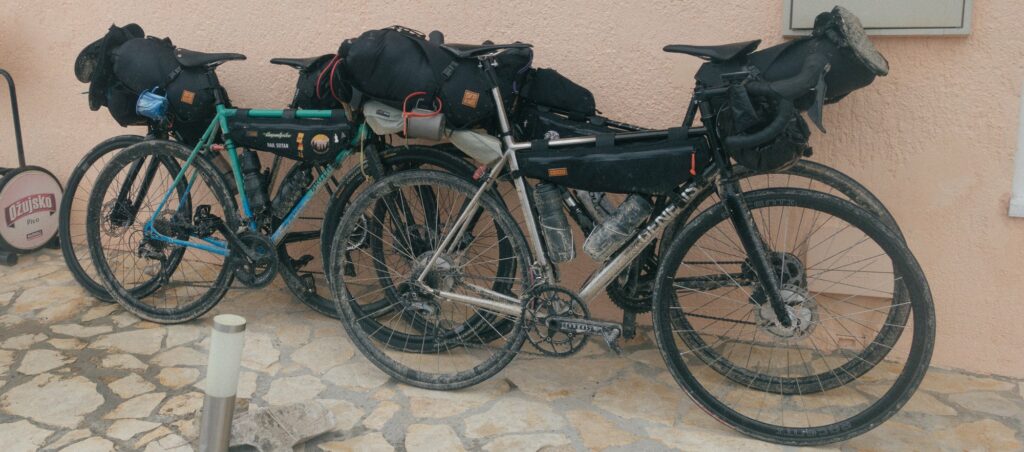
These are designed to attach to your frame with velcro straps that are secure but will not damage your frame. Available in a variety of sizes that will fit within the inner triangle between the seat post, down tube and attach to your top tube. They normally have waterproof zips on both sides providing easy access.
Top Tube Bags
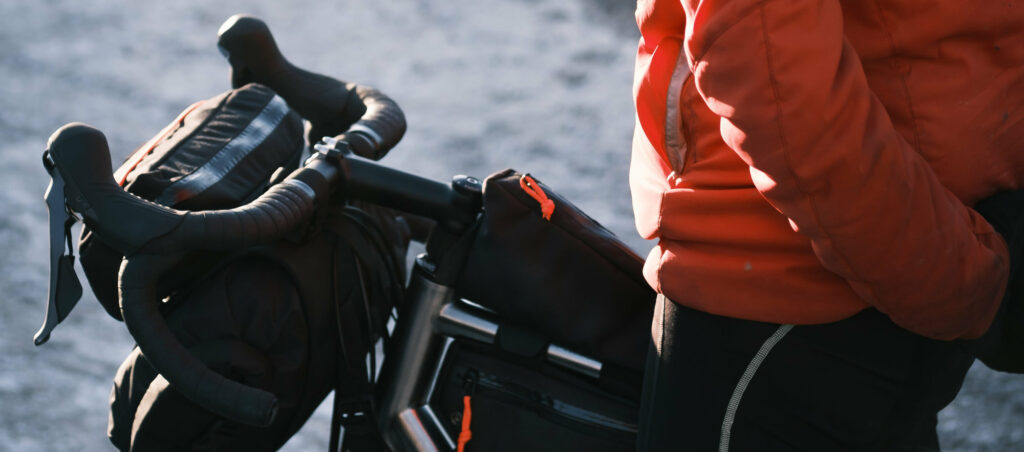
These bags are smaller in size and fit on top of your top tube. Some bikes have dedicated attachment points but most use velcro straps that fit around the top tube and head tube. Ideal for snacks, personal items like a bank card/money or even a power pack for your electronics.
Saddlebags
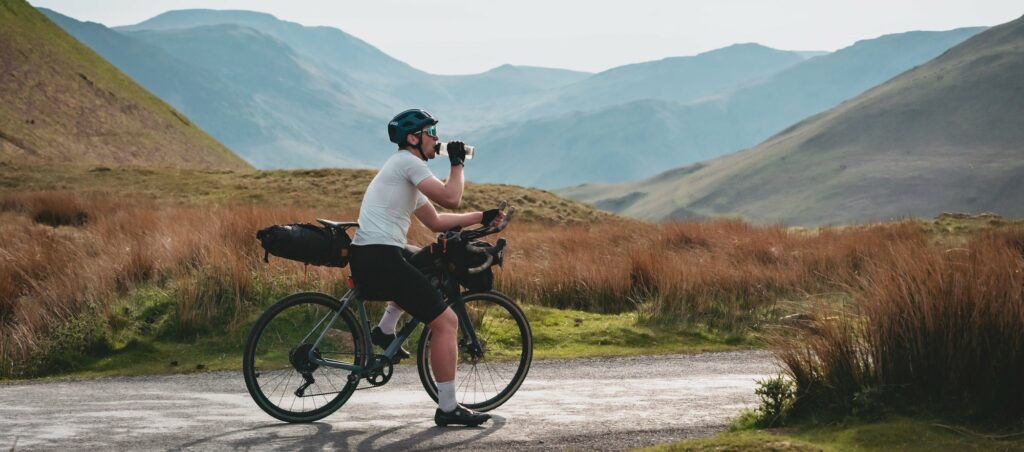
You could use a rucksack; they are secure and have a decent capacity but over an extended period they can put a strain on your back. Saddlebags as the name suggests, attach to the seat post under the saddle. Secure but extendable, your belongings are kept safe and away from the elements in a dry bag.
This has the additional benefit of sliding in and out of the holster which can remain attached to your bike. This will help reduce faff time. The dry bag will most likely have a roll top so you can compress the bag when your carrying requirements are on the smaller side.
Handlebar Bags

An often-under-used area for luggage, handlebar bags has gained popularity. You can store possessions that you will not need to access during your ride. Think, of sleeping bags, spare clothes that you will need but not during the ride itself. Available in assorted sizes and waterproof you will have plenty of capacity.
Restrap offers a food bag that will sit on top of your handlebar bag, making those ride snacks easy to reach. If you do decide on a handlebar bag you will need to consider the position of your front light. The bar would normally obscure it and preclude you from attaching it to your handlebars.
The key to successfully loading your bike is to do some practice runs. Test what works, what you carried but did not use. Whittle down your checklist so you can approach your big day/event not only with confidence but with the assurance your bike is not overly-loaded – you still have to turn the pedals.

